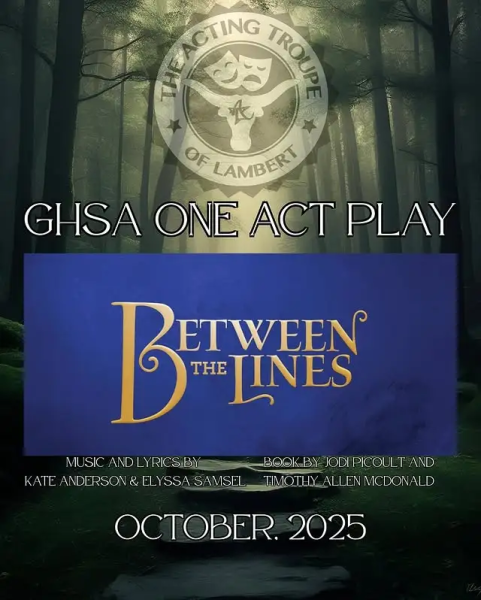Is it the Voice that Makes a Mermaid or the Color of her Fins?

A screen capture of Halle Bailey as Ariel in the trailer for Disney’s new live action movie,“The Little Mermaid.” The movie is set to release May 23rd, 2023.
On September 9th, 2022, the trailer for the live-action rendition of The Little Mermaid was released. The trailer starred Halle Bailey, who was controversially announced as Ariel in 2019.
Disney live-action films regularly receive judgment for lacking creativity or poorly retelling the original animated story. The Little Mermaid’s main critique, however, is due to Bailey, an African-American woman, being cast as Ariel.
The conflict around Bailey’s casting is not for a lack of skill or a problematic history. Instead, it’s about the color of her skin. While the original movie from 1989 portrayed Ariel as white, the new live-action cast a black actress for the role.
However, many viewed the casting in a positive light as a closer step towards inclusivity and representation. Black Student Union President Suma Sesay spoke about the situation surrounding her casting.
Black Student Union (BSU) is an organization focused on talking about social issues, sharing experiences and navigating through discriminatory challenges. While it was originally a club called African Americans Inspired and Motivated (AIM) at Lambert, Suma facilitated the adaptation to the nationwide organization to become more involved at Lambert.
“Because before, it was just kind of like a club with maybe just five members that met,” Suma explained. “But I made it into something that where involves the whole school, and anyone who wants to join can join.”
Sesay views the casting of Bailey in a favorable light. As someone who was in musical theater herself, the casting inspired her.
“It just made me really excited and happy to see someone like me who was an aspiring black actress,” Bailey said. “And so someone [Halle Bailey] like them, to have such a big role in a Disney movie, is so vital to many people’s childhoods.”
As the president of the BSU, Sesay also saw this casting as a step towards more diversity and inclusion.
“I definitely think that the movie is going to inspire a lot of people to step away from, like the traditional norms of what a Disney princess is supposed to look like,” she said. “We have Tiana, but her story is very much a part of Louisiana, creole culture.”
The typical Disney princess is portrayed as being fair-skinned with little attention paid to inclusivity and representation. However, with the new movie, Suma hopes that the casting will show that princesses don’t always have to be “just a white girl with blonde hair and blue eyes.”
When asked about how she feels about the controversy surrounding the casting, Suma acknowledged the opposing side.
“I think a lot of the controversy stems from mostly white people not wanting their childhoods to be ruined, and their perception of what it is to be a Disney character,” Suma answered. “They kind of want to hold on to traditions of how it has been.”
However, change is both essential and inevitable, and the casting of Bailey is certainly a step in the right direction.
Your donation will help support The Lambert Post, Lambert High Schools student-run newspaper! Your contribution will allow us to purchase equipment and cover website hosting costs.











